When it comes to people, ‘potential’ is a good thing. When it comes to gas piping, not so much. Specifically, electrical potential. In fact, that applies to all metal piping systems inside a home. Anytime there is electrical potential between different systems, there’s a possibility for shock, fire, damage to equipment or electrocution. All bad stuff. To help mitigate the potential for potential, electricians bond stuff.
To make it really simple, when metal that can carry electricity (but shouldn’t) gets connected together to eliminate potential, we call it bonding. If the metal accidentally carries electricity or even a static charge, proper bonding will allow the electricity to be carried back to its source in a safe manner. Oftentimes, there will be so much current that it trips a circuit breaker.
Old-school bonding for gas piping
Way back in time before we had all of this new-fangled gas equipment like forced air furnaces, the gas-fired equipment in our homes was simply gas-fired equipment. Electricity didn’t play a role, just like electricity still doesn’t play a role for natural-draft water heaters. Our gas appliances were operated by gas alone. To help make sure that everything stayed at the same potential, it was common for gas and electrical systems to be bonded together with a big piece of copper wire and a couple of bonding clamps. It would look something like the photos below:
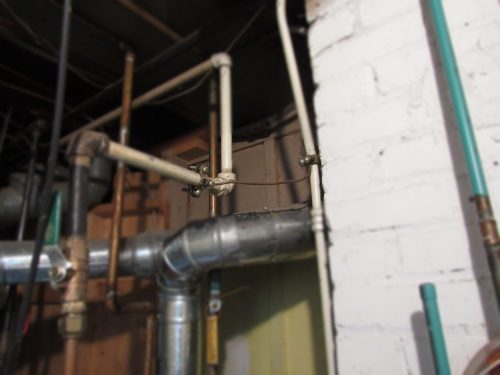
According to electrical guru Douglas Hansen, gas suppliers started getting whipped up about this, saying they didn’t want electricity on their pipes. Of course, that’s not what a bonding wire does, but some men you just can’t reach. So you get what we had here last week I have pictured below; there used to be a bonding wire connected to those clamps, but someone removed it.
This would be a concern on a very old house with very old gas equipment, but it’s not an issue with newer homes.
Modern bonding for gas piping
Today’s bonding requirement for gas piping comes from section 250.104(B) of the 2017 National Electric Code (NEC), which says the following:
If installed in or attached to a building or structure, a metal piping system(s), including gas piping, that is likely to become energized shall be bonded to any of the following:
(1) Equipment grounding conductor for the circuit that is likely to energize the piping system
(2) Service equipment enclosure
(3) Grounded conductor at the service
(4) Grounding electrode conductor, if of sufficient size
(5) One or more grounding electrodes used, if the grounding electrode conductor or bonding jumper to the grounding electrode is of sufficient size
The bonding conductor(s) or jumper(s) shall be sized in accordance with Table 250.122, and equipment grounding conductors shall be sized in accordance with Table 250.122 using the rating of the circuit that is likely to energize the piping system(s). The point of attachment of the bonding jumper(s) shall be accessible.
In most cases, option #1 is used, and it happens automatically at the appliance. For example, if a forced-air furnace is properly installed, then the gas piping that runs to the furnace will also be properly bonded at the furnace. The images below show how this works:
Pretty simple, huh?
I’ve heard from home inspectors in other parts of the country that this kind of bonding doesn’t cut it with the municipal inspectors, however. In those cases, another step must be taken, which involves separate bonding for the gas piping, as shown in the photo below.
This image is courtesy of Seattle home inspector Charles Buell. I’ve never seen anything like this here in Minnesota unless it’s on CSST.
This doesn’t apply to CSST
Corrugated Stainless Steel Tubing, or CSST, is a different animal. The basic requirements of the NEC still apply, but CSST manufacturers have their own requirements, as does the National Fuel Gas Code (NFGC). Check out my blog post from last year for more info on that topic: CSST Bonding

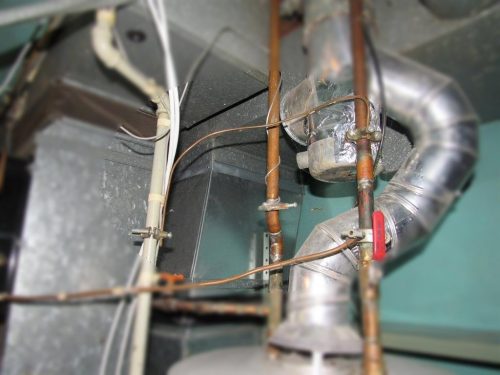
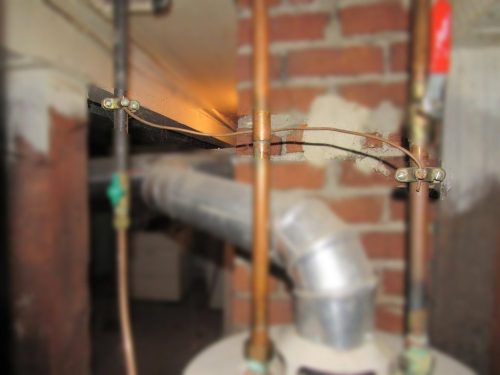
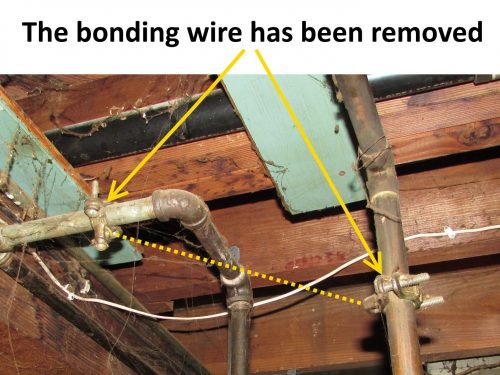
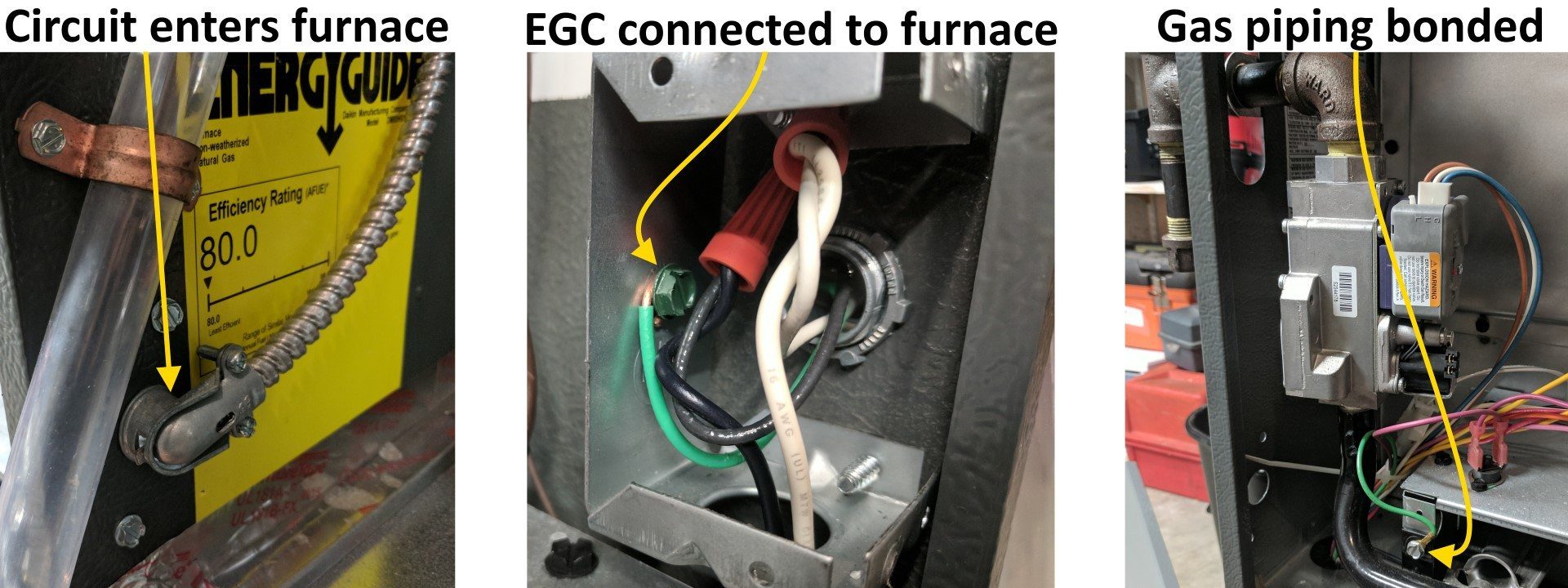
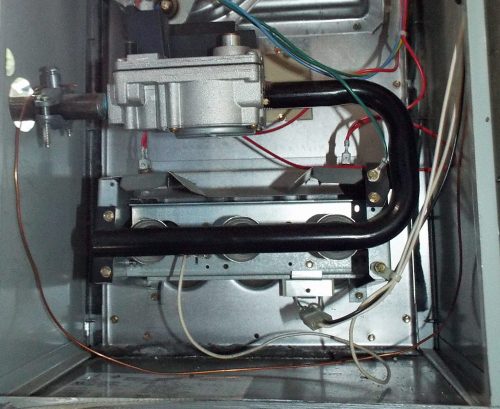

Doug
September 30, 2017, 2:44 am
Love the Strother Martin reference! Great article as always.